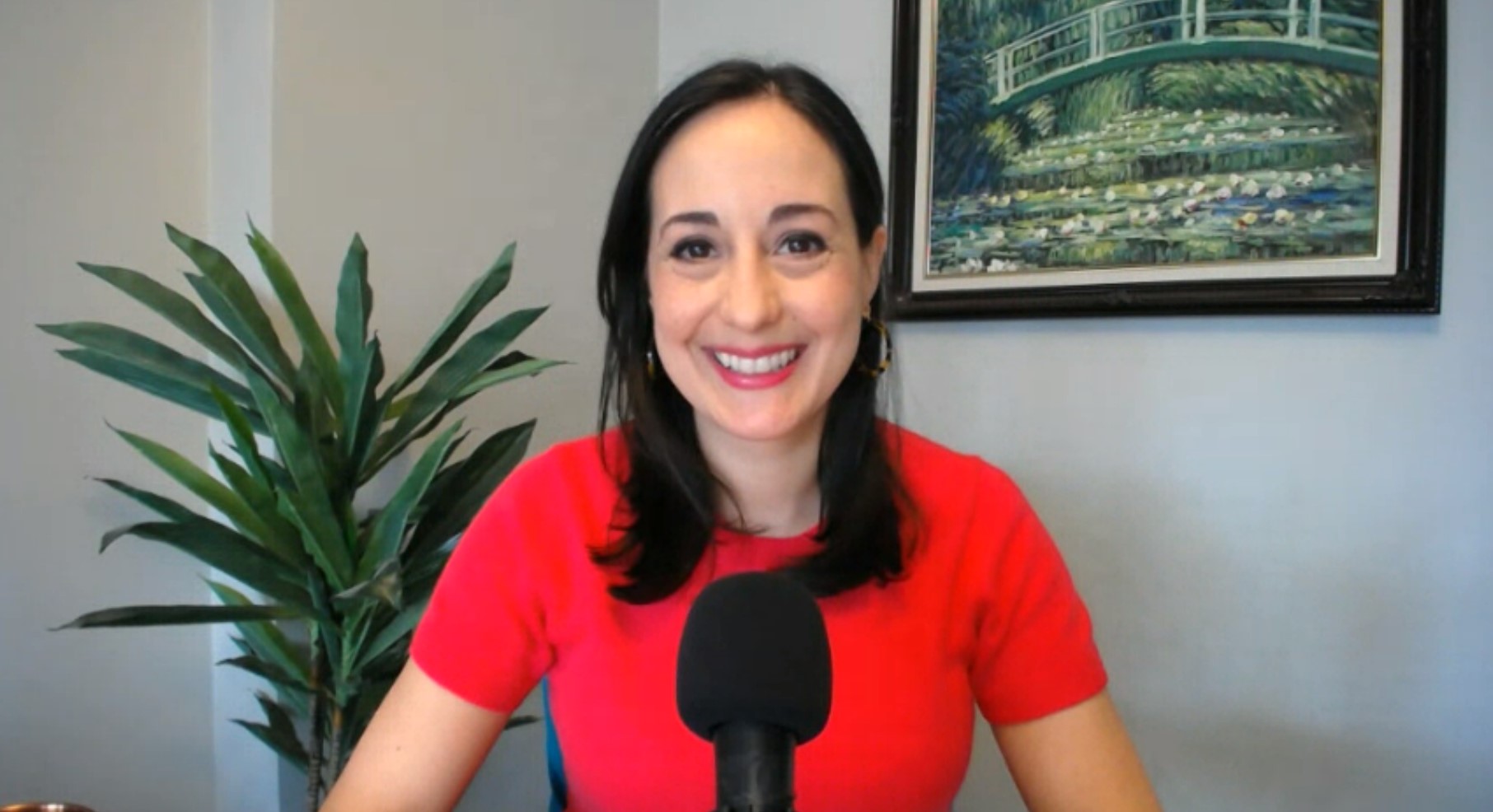Best Note-Taking Strategies
___
BONUS FREEBIE: Want even more ways to stay organized, productive and less stressed? Click here to get access to my List-Making Starter Kit. It will boost your efficiency and get you back to doing more of the things you love.
___
If you know me – you know I love lists!
And notes are just long lists! So I guess I love notes too.
I take notes on everything – every phone call, every conversation, everything.
It’s from my training as a journalist – you just never know when you’ll stumble across something useful.
But how do you take notes without driving yourself crazy and writing down every last bit?
I actually created a whole course on LinkedIn Learning all about this called Enhance Your Productivity with Effective Note-Taking.
When LinkedIn approached me about making a course on note-taking I scratched my head a bit because I thought everyone knew how to take effective notes, like I had learned to do as a journalist and producer.
And that’s not the case. So in this episode of Inside Scoop I want to share some of the strategies I talk about in my Enhance Your Productivity with Effective Note-Taking course.
___
___
My Approach to Note-Taking
As a journalist, I was taught to think about note-taking in a specific way. There’s no room for too much color or extra wording. Write down the most succinct bullet points of what happened or what was said.
A few things to think about:
- What are the soundbites?
- What nuggets are worth sharing?
- How would you explain to another person what happened or give a summary of what was said?
And remind yourself that you won’t get every word down, and that’s okay!
Analog and Digital
There are so many ways to take notes – handwritten in a notebook, typed in Microsoft Word or Notion, handwritten on a smart notebook to be digitized later. It’s important to find what works for you.
I take both analog and digital notes. I’m much faster typing than writing by hand, so I take the majority of my notes digitally. Then I’ll write by hand a few key topics or things I definitely want to remember to remember.
Also, recognize that you might just need to take notes as a way to pay attention or to use in the moment. Often, I don’t ever look at my notes again – or, I might revisit them years later. I find that taking notes keeps me engaged and helps me to remember what I’ve heard.
Hacks for Taking Great Notes
If you were to hand your notes to someone else, would they be able to know where it came from and what the main topics were? Make sure to leave yourself reference points. Who was the speaker? Who hosted the talk? What was the date? Giving yourself that grounding point is important.
Some of us love to use colors and symbols to remind ourselves what’s a to-do, what we’re in charge of, what might be on a test, etc. The LinkedIn producer who helped me with this course uses symbols and colors as points of reference for later. Check out her methods in the course here.
If I’m in a meeting where I have deliverables or to-do’s to finish after the call, I’ll keep a separate list of action items so these don’t get lost in the notes. I used to do this at conferences. If I met a person I wanted to follow-up with I’d leave myself a note at the top of my page with the persons name and a brief reminder of what we talked about and if I agreed to anything.
There’s, of course, much more to learn in the full course, you’ll find it on LinkedIn Learning here.
___
BONUS FREEBIE: Want even more ways to stay organized, productive and less stressed? Click here to get access to my List-Making Starter Kit. It will boost your efficiency and get you back to doing more of the things you love.
___






Leave a Reply
Want to join the discussion?Feel free to contribute!